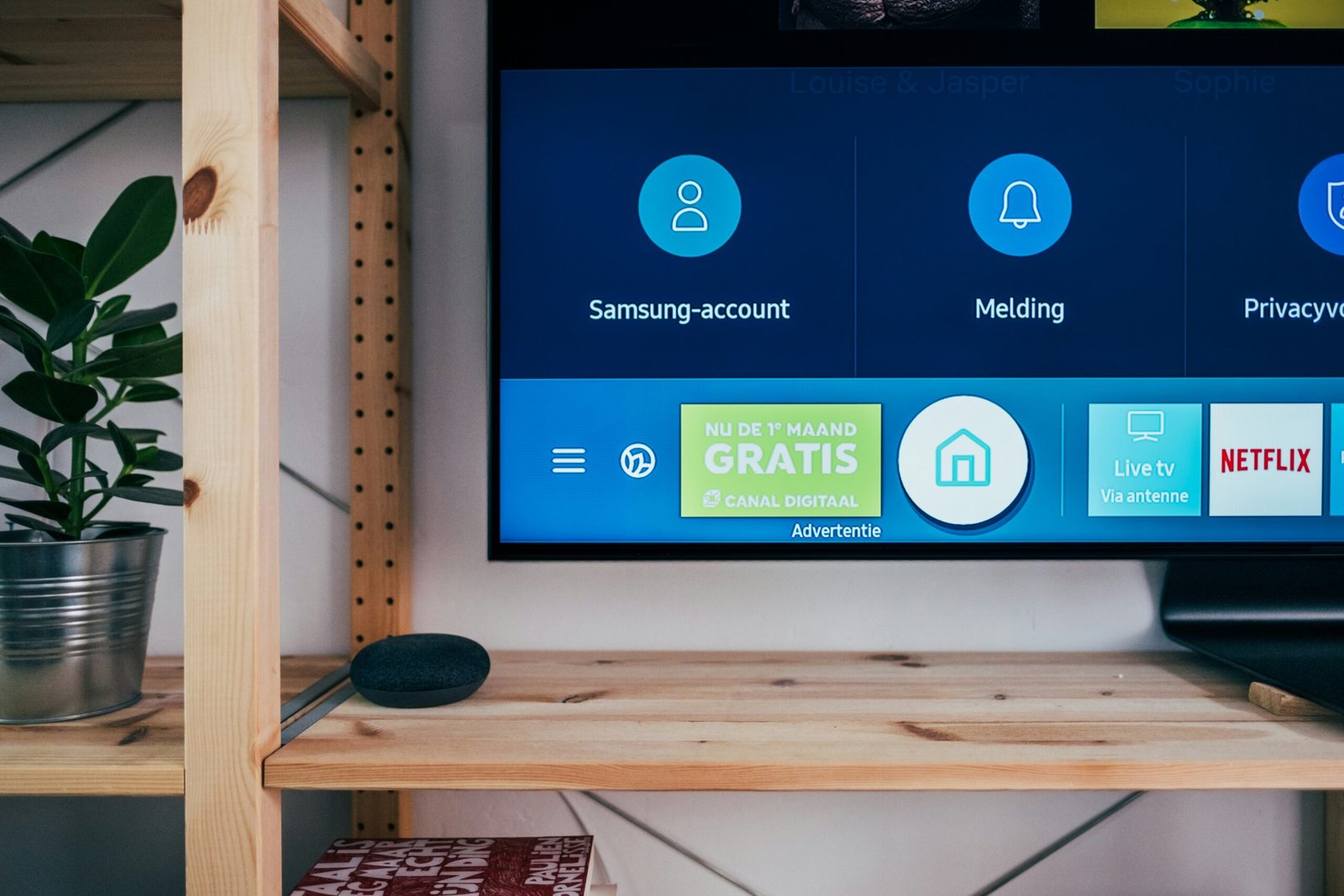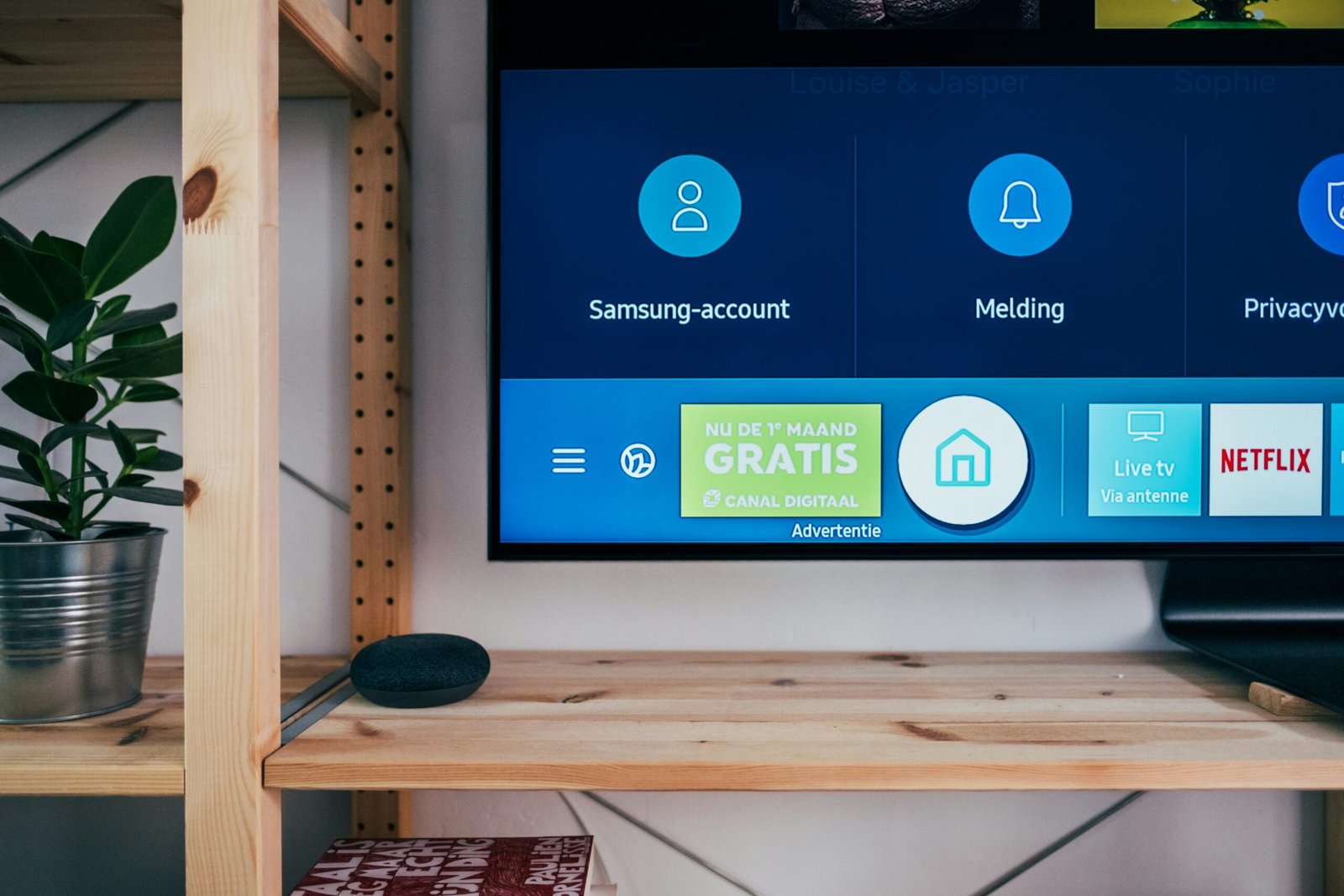Why Do LCD Screens Stop Working?
Introduction to LCD Technology
Liquid Crystal Display (LCD) technology has become an integral part of modern life, revolutionizing how we interact with electronic devices. LCD screens were first developed in the 1960s, with the technology experiencing substantial advancements over the decades. Essentially, LCD screens operate by using liquid crystals that respond to electric currents to modulate light. The basic working principle involves light passing through several layers, including polarizing filters and the liquid crystal layer, to create the images we see on the screen.
The components of an LCD screen consist of a backlight, a series of polarizers, and a matrix of liquid crystals sandwiched between transparent substrates. The liquid crystals themselves do not emit light directly but act as shutters that control the passage of light from the backlight. When an electric voltage is applied, the alignment of liquid crystals changes, thereby altering the intensity of the light that passes through them and producing various shades of colors.
LCD technology has evolved significantly, offering enhanced picture quality, energy efficiency, and thinner profiles compared to the older Cathode Ray Tube (CRT) displays. These improvements have solidified the role of LCDs in a wide array of applications. Today, they are ubiquitous in devices ranging from smartphones, televisions, and computer monitors to specialized equipment in medical and automotive industries.
The pervasive adoption of LCD screens can be attributed to their versatility, high resolution, and relatively low production costs. As technology continues to advance, LCDs have seen enhancements such as LED backlighting, higher refresh rates, and improved color accuracy, making them even more effective for various applications. Overall, LCD technology remains crucial in the landscape of contemporary electronic devices, offering a window into the digital world with remarkable clarity and efficiency.
Common Causes of LCD Screen Failures
LCD screens can cease to function due to a variety of internal and external factors, each contributing to diminished performance or total failure. Understanding these causes is crucial for diagnosing and potentially preventing damage.
From an internal perspective, manufacturing defects can be a significant contributor to LCD screen failures. These defects may manifest as dead pixels, where individual pixels fail to light up due to malfunctions within the screen’s matrix. Another prevalent internal issue is backlight failure. This occurs when the lights responsible for illuminating the screen degrade, often resulting in a screen that dims progressively or becomes entirely dark. Problems with the liquid crystals themselves can also arise, such as when the alignment of these crystals is disrupted, leading to poor image quality or screen irregularities.
External factors such as physical damage are common, particularly in portable devices. Dropping a device can crack the LCD screen or damage the underlying circuitry, rendering the screen inoperative. Exposure to extreme temperatures can also be detrimental. High temperatures can cause the liquid crystals to leak, while low temperatures may lead to slower response times or permanent damage to the screen matrix.
Additionally, electrical surges remain a notable external cause of LCD failure. Such surges can result from lightning strikes, power outages, or fluctuations in the electrical supply. When an LCD screen is subjected to a sudden spike in voltage, it can short-circuit the delicate internal components, leading to irreversible damage.
To illustrate, imagine an office environment where a frequent power outage short-circuits multiple LCD monitors. Or consider a tablet exposed to the summer sun, resulting in distorted images due to high temperatures affecting the liquid crystals. Each scenario underscores the vulnerabilities of LCD screens to both internal malfunctions and external stresses.
“`html
Diagnosing LCD Screen Problems
When faced with a malfunctioning LCD screen, it is crucial to systematically diagnose the issue to determine the appropriate corrective action. Different symptoms can indicate different underlying problems, making it essential to understand the specific manifestation of the malfunction.
One common issue is a complete blackout, where the screen appears entirely blank. This could indicate problems ranging from power supply failures to more severe internal component damage. Initial diagnostic steps for a completely black LCD screen include ensuring the power source is functioning and verifying that power cables are securely connected. If the screen remains unresponsive, connecting it to a different device can help determine if the issue lies within the screen or the original device.
Flickering screens are another frequent complaint, often pointing toward issues with the display’s backlight or inverter. Ensuring all connections are tight and free of dust can sometimes resolve these problems. Users should also check display settings and adjust the refresh rate, as incorrect settings may contribute to flickering.
Discolored patches or lines on the screen can be symptomatic of a range of issues, such as magnetic interference, damaged pixels, or problems with the screen’s ribbon cable. Consumers should ensure that magnetic objects are kept away from the screen and can attempt to gently massage the affected area in hopes of redistributing stuck pixels. Additionally, inspecting and reseating the ribbon cable that connects the screen to the motherboard can often rectify display anomalies.
Basic troubleshooting also includes performing a factory reset, which can resolve software-related glitches contributing to screen problems. However, this step should be taken with caution, as it will return the device to its original settings and potentially erase personal data. If these methods do not resolve the issue, it may be necessary to consult a professional technician for further diagnosis and repair.
“`
Repair and Replacement Options
When faced with a non-functional LCD screen, deciding whether to repair or replace it can be a crucial decision. DIY repairs might seem tempting due to their cost-effectiveness. Simple issues, such as a loose connection or a minor backlight problem, can often be fixed by following a comprehensive online guide. However, considering the technical expertise required, attempting such repairs without proper knowledge can exacerbate the issue, leading to greater costs in the long run.
Professional repair services, while more expensive, offer expertise and a guarantee of workmanship. These services typically have access to specialized tools and replacement parts that are not readily available to consumers. Repair costs can vary widely depending on the severity of the damage and the specific model of the LCD screen. It’s important to weigh these costs against the price of a new screen or device. Many modern electronics come with warranties that may cover certain types of repairs for a specific period. Before opting for a costly repair, it is advisable to check if the issue falls under warranty coverage.
Replacing the LCD screen entirely might be the most straightforward and reliable option, especially for older devices where parts might be harder to source. Newer screens can offer improved performance and a longer lifespan. However, this comes with a higher environmental cost. E-waste is a growing concern, and it’s essential to consider the environmental impact of discarding old electronic devices. Many manufacturers and retailers offer recycling programs, and choosing to dispose of the old LCD screen responsibly helps mitigate the environmental footprint.
Ultimately, the decision to repair or replace an LCD screen depends on several factors: the cost and effort involved in repairs, the age and warranty status of the device, and the environmental implications of disposal. A balanced approach considering these factors will ensure a practical and responsible resolution to the issue of a non-functional LCD screen.







